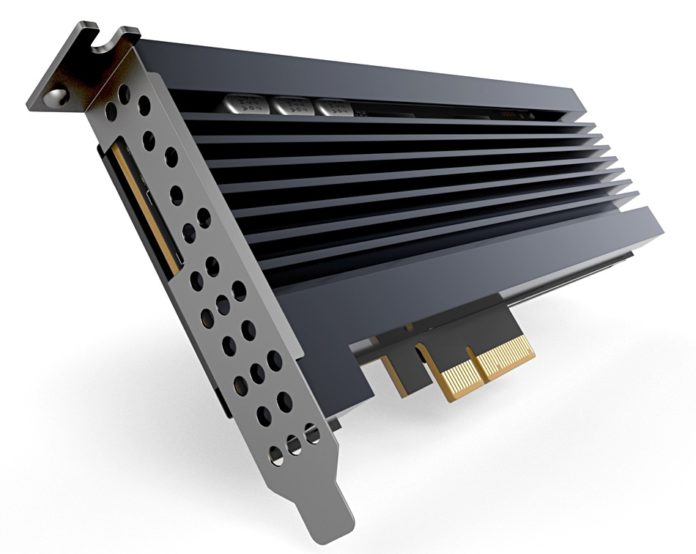Samsung thinks drive writes per day (DWPD) is no longer fit for purpose as a useful measure of SSD endurance – in other words how long the SSD lasts before wearing out.
DWPD is widely accepted as an endurance measure but as SSD capacities increase, DWPD requirements decrease, Samsung said.
The company recommends terabytes written (TBW) as a more appropriate way to measure endurance and illustrated its ideas this week at Dell Technologies World in Las Vegas.
Check out the slide below.

TBW is calculated by using a formula: TBW = TB capacity x DWPD x days x years. Samsung uses the example of a 480GB SSD with a 64 DWPD rating and a 56,064 TBW rating:
0.48 x 64 x 365 x 5 = 56,064 TBW
The company cites a 30.72TB SSD rated at 1 DWPD, which has the same TBW rating:
30.72 x 1 x 365 x 5 = 56,064 TBW
Over-provisioning
Blocks & Files thinks something different is going on. SSD manufacturers over-provision SSDs above their nominal capacity because the flash cells wear out as data is written and rewritten to them. The manufacturer adds spare replacement cells to the drive in order to retain full capacity over the drive’s warranted life time. This ensures the quoted capacity is not reduced over time due to cell wear-out.
Endurance is measured in how many full drive writes a day an SSD can handle before wearing out.
For the sake of this argument, let’s say that 20 per cent over-provisioning is required to achieve a rating of 64 DWPD. With the 480GB drive in Samsung’s example an extra 96GB of flash is needed.
To achieve the same 64DWPD rating for a 30.72TB drive, the manufacturer needs to over-provision by 6.24TB – 65 times more than with the 480GB drive. That 6.24TB takes up physical space and costs money to produce.
So, by saying the 30.72TB drive has a 56,064TBW rating the endurance sounds good, whereas saying the drive has a 1DWPD rating sounds bad.
DWPD and TBW represent the same thing in different ways. Blocks & Files thinks DWPD is what we are used to and gives an instantly more insightful measure of a drive’s endurance. Stick with it.







